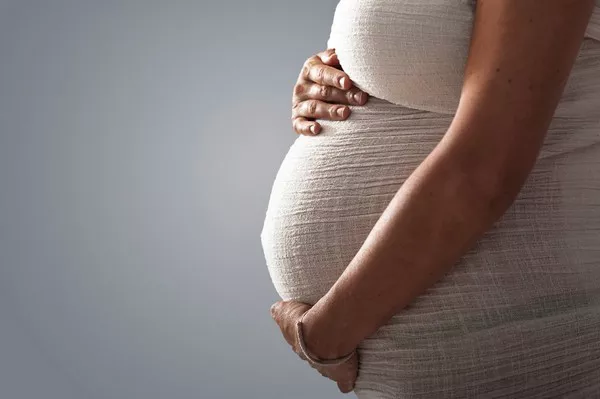The onset of labor is a complex and fascinating process that marks the beginning of childbirth. While it remains an area of ongoing research, various factors are believed to contribute to the initiation of labor. This article aims to provide a comprehensive overview of the potential triggers of labor onset, shedding light on both hormonal and mechanical factors involved in this remarkable event.
1. Hormonal Factors:
Estrogen and Progesterone:
Throughout pregnancy, the levels of estrogen and progesterone play crucial roles in maintaining the uterine environment. Towards the end of gestation, a decline in progesterone and a rise in estrogen levels are thought to stimulate uterine contractions, leading to labor onset.
Oxytocin:
Often referred to as the “hormone of love,” oxytocin is instrumental in initiating labor. Its release from the posterior pituitary gland triggers rhythmic uterine contractions and helps soften and dilate the cervix, promoting the progress of labor.
Prostaglandins:
Prostaglandins, particularly prostaglandin E2, are responsible for cervical ripening and uterine contractions. These hormones are produced within the uterus and work synergistically with oxytocin, playing a vital role in initiating the labor process.
2. Mechanical Factors:
Uterine Stretch:
As the fetus grows, the uterus stretches and becomes increasingly sensitive to the presence of the baby. The stretching and pressure exerted on the uterine walls can stimulate the release of oxytocin and prostaglandins, ultimately initiating labor.
Fetal Factors:
The fetus also plays an active role in signaling labor onset. As the fetus matures, its adrenal glands produce cortisol, which stimulates the placenta to produce estrogen. The increase in fetal estrogen levels triggers a cascade of hormonal events, leading to contractions and labor initiation.
3. Maternal Factors:
Genetic Predisposition:
Genetic factors are believed to contribute to the timing and onset of labor. Studies have identified specific genes associated with increased or decreased likelihood of spontaneous labor initiation, highlighting the interplay between genetics and the triggering mechanisms.
Immune System Activation:
Inflammation and immune system activation have been implicated in labor onset. In response to various stimuli such as infection or tissue damage, the immune system releases inflammatory molecules that can trigger contractions and initiate labor.
4. Environmental Factors:
Stress:
High levels of stress and anxiety have been linked to an increased risk of preterm labor. Stress hormones, such as cortisol, can interfere with the delicate hormonal balance necessary for maintaining pregnancy and may stimulate uterine contractions.
Fetal Membrane Stretch:
Stretching of the fetal membranes may also contribute to labor initiation. As the baby moves and grows within the uterus, the pressure on the amniotic sac increases. This stretching is thought to release substances that promote the onset of labor.
Conclusion:
The process of labor initiation encompasses a complex interplay of hormonal, mechanical, maternal, and environmental factors. While our understanding of these triggers has advanced significantly, many aspects remain elusive. Further research into the intricate mechanisms involved in labor onset will not only deepen our knowledge but also pave the way for potential interventions to manage preterm labor and improve childbirth outcomes. By unraveling the mysteries of labor initiation, we can hope to provide better care and support to expectant mothers around the world.


